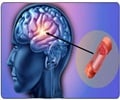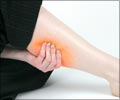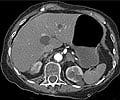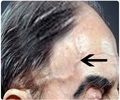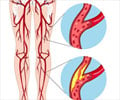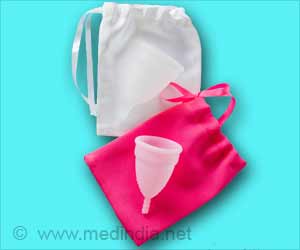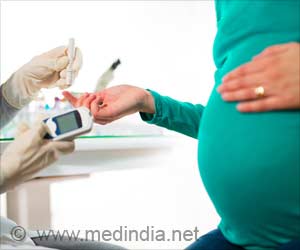Peripheral artery disease, or PAD, is often unrecognized and untreated, especially in women. Women with PAD are two to three times more likely to have a stroke or heart attack.
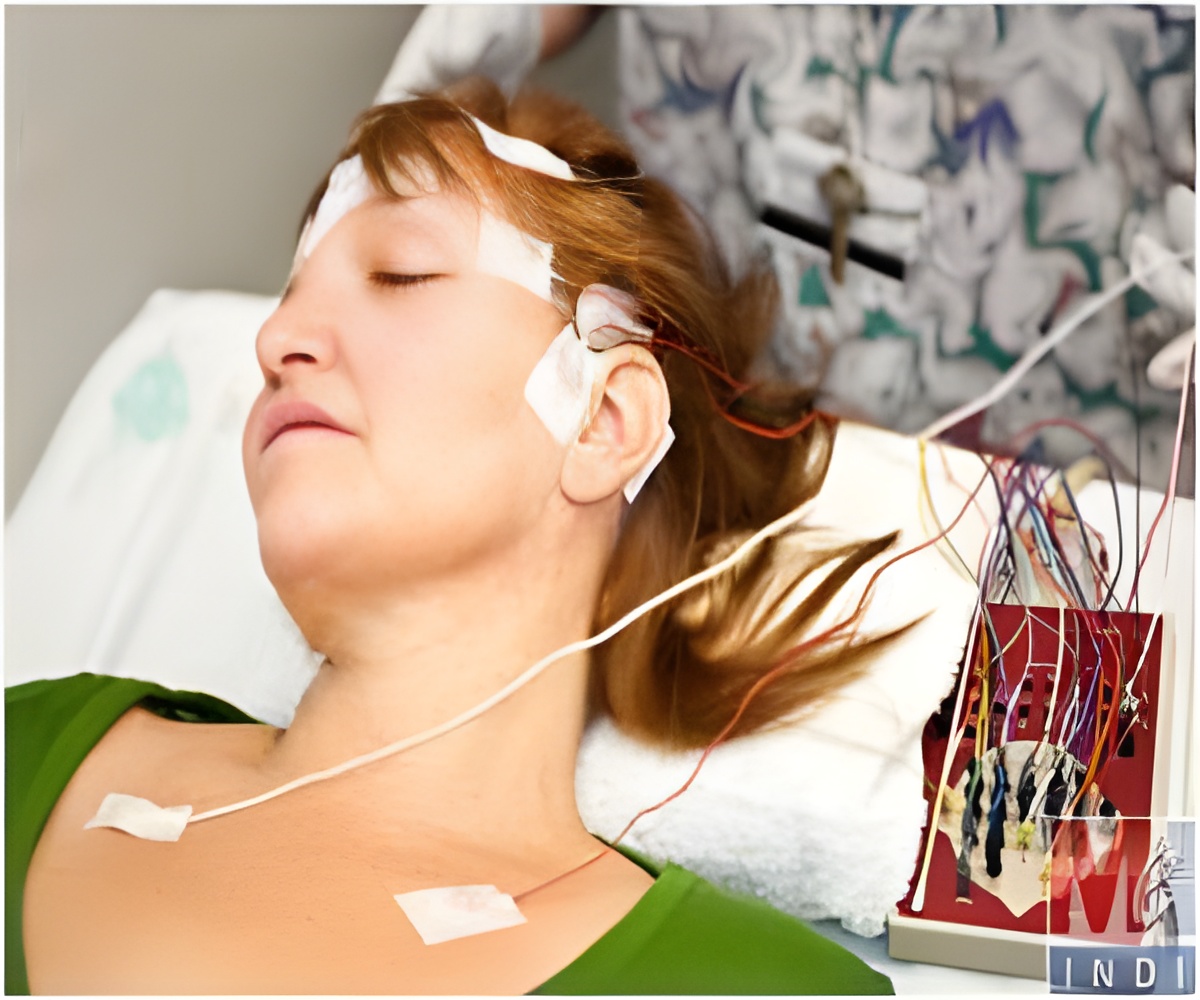
PAD is a serious circulatory disease caused by a buildup of fat and other materials in blood vessels outside of the heart, usually in the legs, feet and arms. Left untreated, it can increase heart attack and stroke risk, severely limit walking ability and cause tissue death requiring limb amputation.
About 8 million people in the United States have peripheral artery disease. Most research available suggests nearly equal prevalence among men and women.
Only about 10 percent of those with PAD experience the warning sign of leg pain typically associated with it, and this pain usually goes away while resting. Many people experience no symptoms at all. As a result, few sufferers receive prompt treatment. Even so, PAD care leads to more than 1.1 million medical office visits annually, according to the new statement.
"The rate of deaths and the healthcare costs associated with PAD are at least comparable to those of heart disease and stroke," said Alan T. Hirsch, M.D., lead author of the statement and professor of medicine, epidemiology and community health at the Lillehei Heart Institute at the University of Minnesota Medical School in Minneapolis. "Women, in particular, suffer an immense burden from peripheral artery disease, yet current data demonstrate most women still remain unaware of their risk."
Therefore, this common disease often goes unrecognized among women and all people age 50 and older, who are most likely to develop PAD, he said.
Advertisement
There isn't an adequate number of women in clinical trials to provide a clear understanding of how the disease progresses, or to determine with accuracy the incidence and prevalence of peripheral artery disease in women, the statement authors said. They recommend conducting more research studies of PAD specifically among women and pooling results from previous studies to obtain an adequate sample size of females.
Advertisement
"It's discouraging but not surprising to hear of the lack of research and awareness of PAD and its risks among women because we know a gender gap exists in these areas for most heart and circulatory diseases," said Mary Ann Bauman, M.D., a Go Red For Women volunteer and Medical Director for Women's Health and Community Relations at INTEGRIS Health in Oklahoma City. "Through Go Red For Women, we are making a difference in raising women's awareness of their unique risks, encouraging them to talk openly and honestly with their healthcare provider about those risks and teaching them about the prevention and treatment options that can help them save their lives."Major risk factors of peripheral artery disease include being 50 and older, smoking and diabetes. High blood pressure and high cholesterol, obesity, sedentary lifestyle and a family history of PAD also may increase the risk.
Treatment includes diet and lifestyle changes, medication and supervised exercise. Rarely, patients may require procedures to insert stents ― small, wire mesh tubes ― to open constricted blood vessels or surgical bypass surgery.
Typically, diagnosis involves a simple test, called an ankle-brachial index to compare arm blood pressure to leg blood pressure.
"Our statement is a call to action," Hirsch said. "We must provide a clear and strong PAD message, along with aggressive diagnosis and treatment for both women and men, to improve PAD-related-health. Ultimately, through this, we'll improve global cardiovascular health."
Source-Eurekalert

